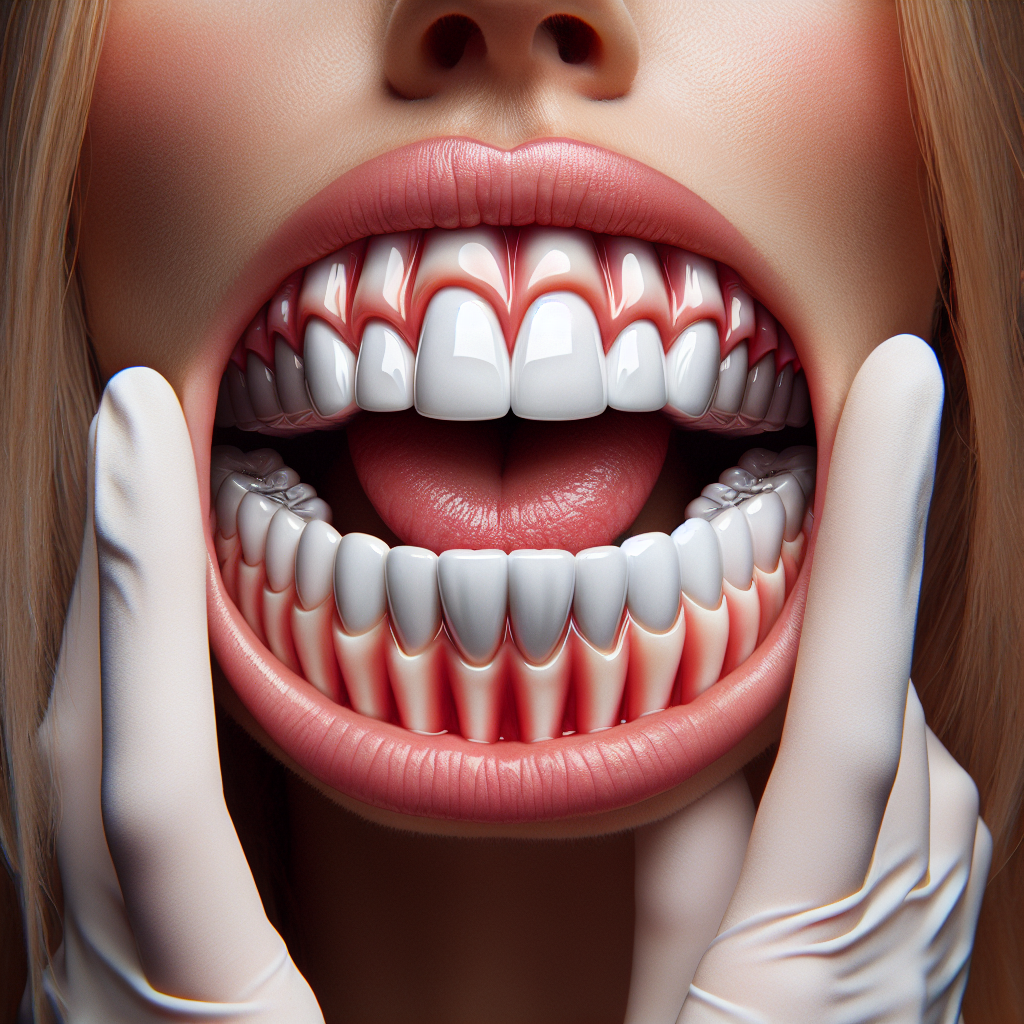Did you know that proper healing after a tooth extraction is crucial for preventing infections and complications? When a tooth is removed, the surrounding tissues need time to heal and close up the extraction site. Checking for signs of proper healing is essential to ensure that the recovery process is going smoothly.
Tooth extraction has been practiced for centuries as a way to alleviate pain or prevent further dental issues. Today, it is a common procedure performed by dentists to address a variety of problems, such as severe decay, gum disease, or overcrowding. Monitoring the healing process after an extraction is important for determining if any follow-up care is needed to avoid potential complications.
One way to ensure that your tooth extraction is healing properly is to keep an eye out for certain signs and symptoms. These may include minimal swelling and discomfort, as well as the absence of pus or excessive bleeding at the extraction site. It is also important to follow your dentist’s post-operative instructions, such as taking prescribed medications and avoiding certain foods or activities that could hinder the healing process.
By paying attention to how your body is responding after a tooth extraction, you can help prevent any complications and promote efficient healing. If you have any concerns about the healing process, be sure to contact your dentist for further guidance and evaluation. Remember, your oral health is important, and taking proper care of your extraction site is essential for a successful recovery.
How Can I Tell if My Tooth Extraction is Healing Correctly?
Wondering if your tooth extraction is healing properly? Here’s how you can assess the healing process: check for minimal pain or discomfort, observe minimal swelling or redness around the extraction site, look out for bleeding that has stopped within the first 24 hours, and notice the formation of a blood clot at the extraction site. If you notice any persistent pain, swelling, bleeding, or any other concerning symptoms, it’s essential to contact your dentist immediately for further evaluation and treatment.
How do I know if my tooth extraction is healing properly?
After having a tooth extraction, it is important to monitor the healing process to ensure that everything is progressing as it should. Here are some signs to look out for to know if your tooth extraction is healing properly:
No excessive bleeding
It is normal to experience some bleeding for the first 24 hours after a tooth extraction. However, if the bleeding persists or becomes excessive, it may be a sign that something is not healing properly.
Minimal swelling
Swelling is also common after a tooth extraction, but it should gradually improve in the days following the procedure. If the swelling worsens or does not go down after a few days, it could indicate an issue with healing.
Yellowish discharge
A small amount of clear or slightly yellowish fluid may be present around the extraction site as it heals. However, if you notice pus-like discharge or a foul odor, it could be a sign of infection and should be addressed by your dentist.
Reduced pain
Pain and discomfort are to be expected after a tooth extraction, but the intensity should decrease as time goes on. If the pain becomes more severe or does not improve with time, it could be a sign of complications.
Proper bone formation
In some cases, you may be able to feel or see the bone forming in the socket where the tooth was removed. This is a sign that the healing process is progressing as it should.
Statistic: Approximately 3 million people in the United States undergo tooth extractions each year.
Conclusion
In conclusion, monitoring the healing process of a tooth extraction is crucial for ensuring proper recovery and minimizing complications. Signs of proper healing include minimal pain and swelling after the first few days, the formation of a blood clot in the extraction site, and the gradual fading of any bruising or discoloration. It is essential to follow post-operative instructions provided by your dentist, such as avoiding strenuous activities, sticking to a soft diet, and practicing good oral hygiene to promote healing.
Additionally, paying attention to warning signs of infection, such as persistent pain, swelling, fever, or unusual discharge, is important as they may indicate complications that require immediate attention. Regularly checking in with your dentist for follow-up appointments can also help ensure that your tooth extraction is healing properly. By staying vigilant and proactive in monitoring your recovery process, you can help prevent any potential issues and promote a smooth and successful healing process.

